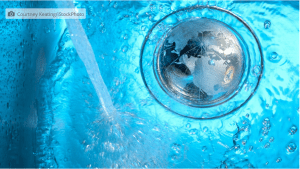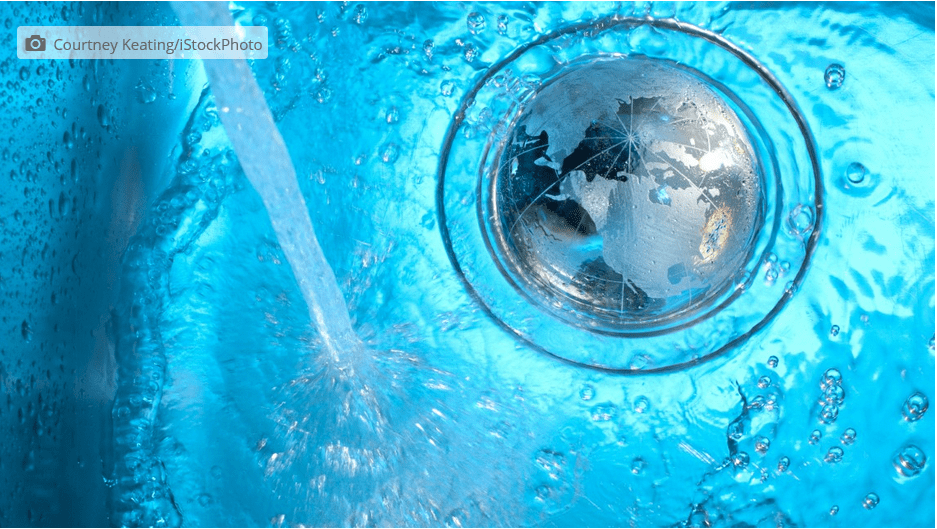Plugging the Holes: A look at traps in your company’s insurance policy
By: Kari Dybdahl
The good news is there are many wholesale insurance brokers eager to help you and your insurance agent avoid the traps of pollution exclusions.
In the September 2015 issue of Cleanfax, we discussed some of the different major lines of insurance coverage available to the cleaning and restoration industry — property insurance, liability insurance and workers’ compensation.Let’s now dive into the pollution coverage traps insurance companies set when insuring cleaning and restoration contractors.
Unlike property insurance and workers’ compensation, liability insurance varies a great deal. It is not only possible to buy liability insurance that does not fit the needs of your company; it is very likely. How is this possible? You can blame this on the common misunderstanding of pollution exclusions and how they apply to the cleaning and restoration industry.
The most common trap I see comes in the form of the Commercial General Liability (CGL) policy. CGL policies are intended to cover your general liability as a business owner for general incidents while operating your company. Those general incidents could be burning down a house or a customer tripping over your cleaning wand and breaking an ankle.
Furthermore, the CGL policy includes exclusionary wording for pollution-related losses. This exclusionary wording greatly affects insurance coverage of what you do for a living, especially if you are a restoration contractor or perform any water extraction operations. These exclusions are standard in CGL polices and have been for many years. I guarantee, if you were to pick up your CGL policy right now, you would find a pollution exclusion.
The big, bad exclusion
The infamous pollution exclusion is the most misunderstood and misinterpreted exclusion within the CGL policy. It is also the longest standard exclusion in a General Liability policy, totaling over a page in length. The biggest misconception by people is this exclusion only applies to hazardous waste. Never does the exclusion mention that it only applies to hazardous waste. This assumption is something that has been made up and passed along for years. If you were to read the pollution exclusion in your current CGL policy, you would not find the words “hazardous waste,” or even “hazardous” for that matter.



Comments are closed